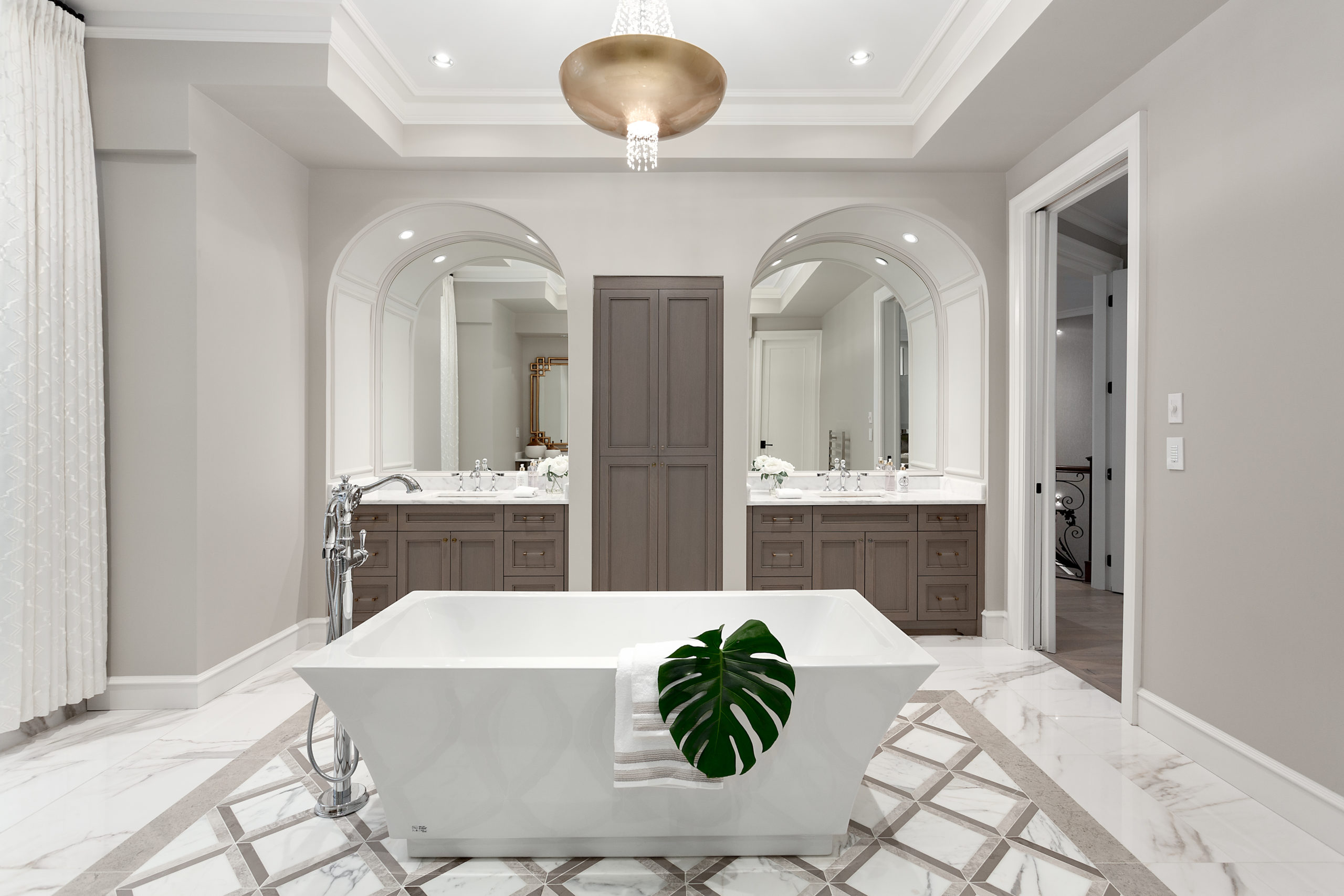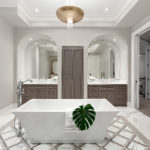The Comeback of Freestanding Tubs
For decades, the bathtub has been seen as either a symbol of high-end luxury, or a relative afterthought, giving way to the convenience of the shower. Bathtub buzz, however, has become increasingly common in recent remodeling and renovation, with a move away from drop in tubs, and significant gravitation towards either modern freestanding tubs, or the more classic style of clawfoot tubs.
The original Victorian-style of clawfoot tubs boasts an interesting history, and flaunts defining features which duly provide functional benefit. The comeback story of this soaking tub has resulted in a prominent vintage trend despite our increasingly modern lifestyles.
History of the Clawfoot Tub
The history of the clawfoot tub dates back to the 19th century. Fashionably widespread and often configured in aristocratic households, these pieces were originally made of cumbersome cast iron, though with the development of new materials, a porcelain enameled version gained prominence. Modern indoor plumbing was still being developed and was still, for many, a luxury. As lifestyles ramped up to a quicker pace in the 20th century, the built in tub was designed, and many clawfoot styles were phased out.
Defining Features and Benefits
Freestanding tubs have several defining features which serve as benefits. Because the bathtub is freestanding, major construction for installation is not necessary. The positioning of the piece is also fairly flexible, even with modern plumbing connections, when compared to other style tubs which are predominantly built in. A soaking tub is seen as a relaxing luxury, and some newly designed freestanding tubs are designed with a higher back for ultimate comfort. Finally, because of their striking appearance, a freestanding tub can also serve as the focal point for your bathroom and eliminate the need for other design-related centerpieces.
Modern Resurgence
Though they fell out of style for many decades, with homeowners favoring alcove and drop-in style tubs, freestanding style tubs, including clawfoot tubs are seeing a recent surge of popularity. Our lifestyle habits have since evolved, integrating contemporary conveniences for cleaning (efficient chemicals and tools) and practical use (modern plumbing and anti-slip mats). The fixture is also versatile, pairing well with Victorian cottages, farmhouse decor, modern minimalist styles, and even funky and eclectic designs, the piece can make a beautiful addition to a variety of bathroom designs.
Form follows function. Freestanding tubs are not only visually elegant, but are likely a practical choice for many bathrooms, even centuries beyond their development. With the flexibility in positioning and styles that fit a variety of design motifs, it’s clear why freestanding and clawfoot tubs have been revived.







